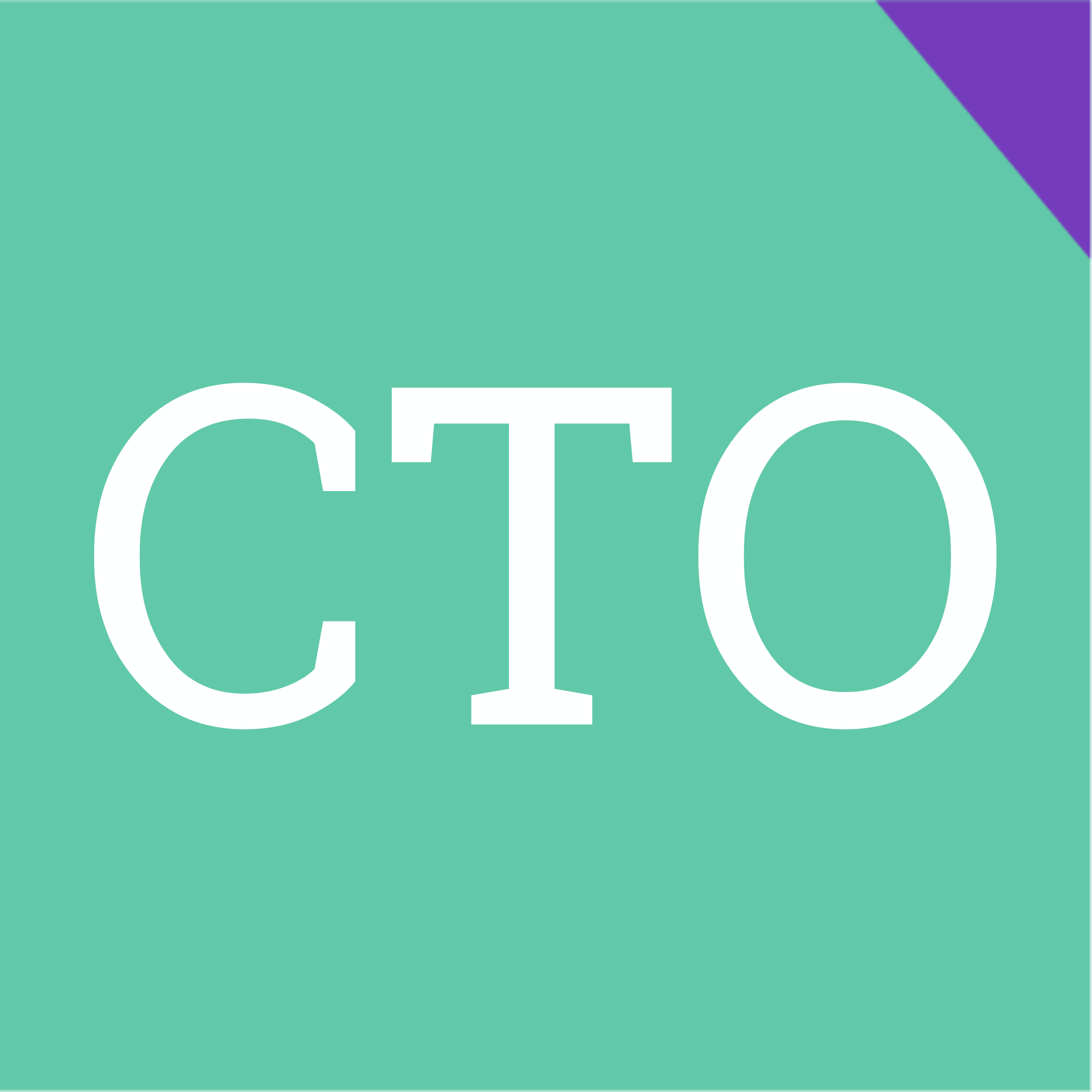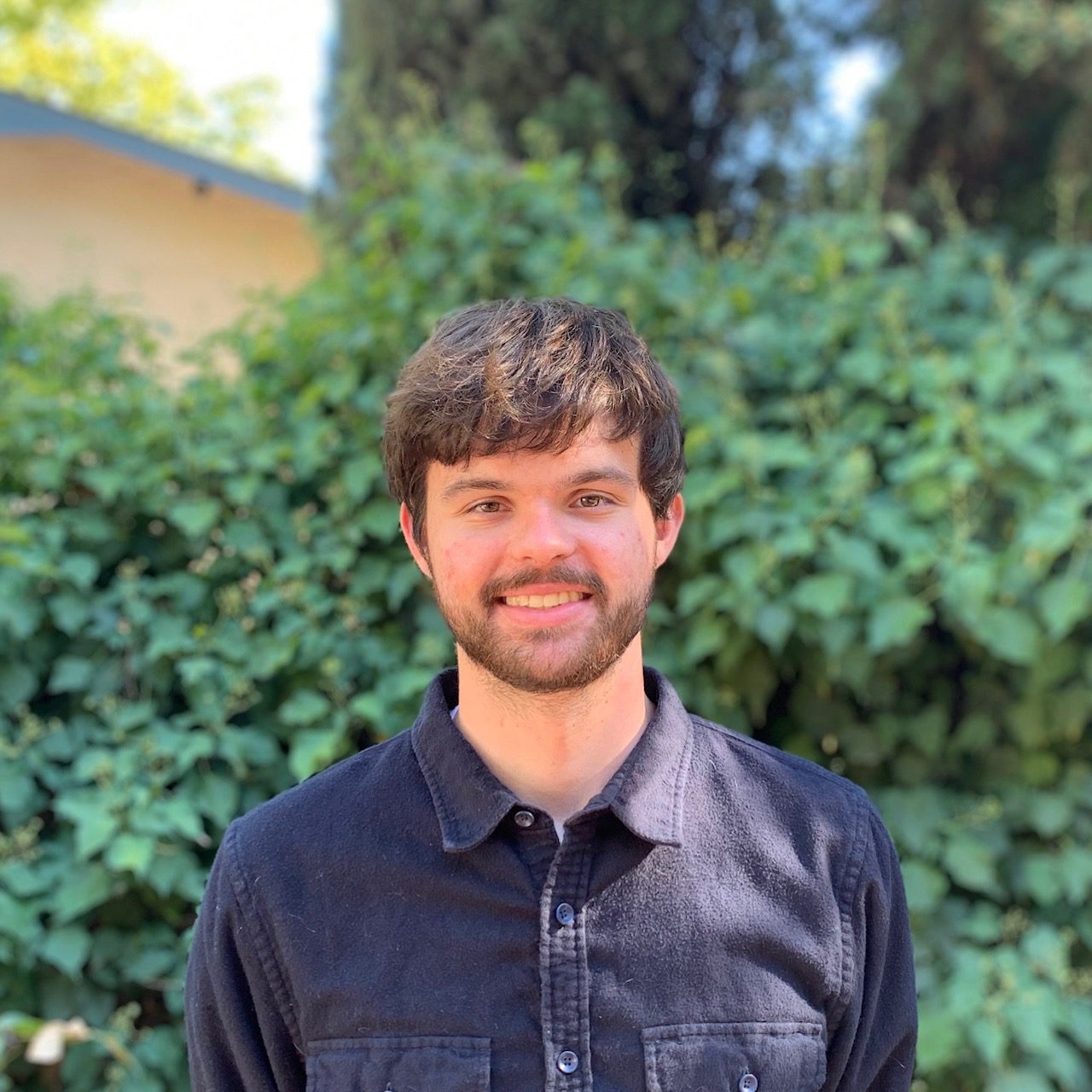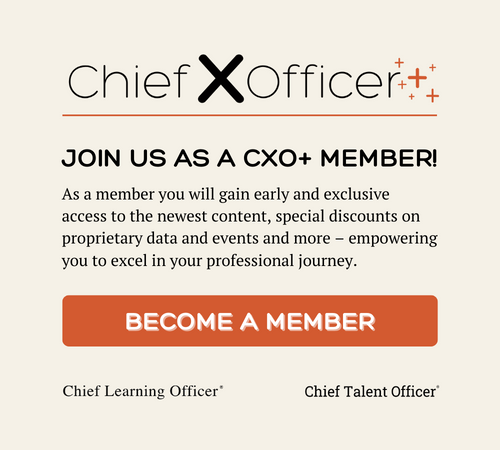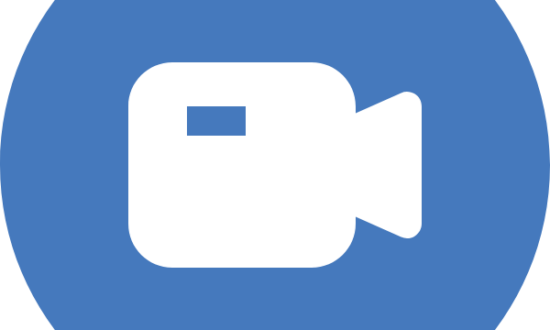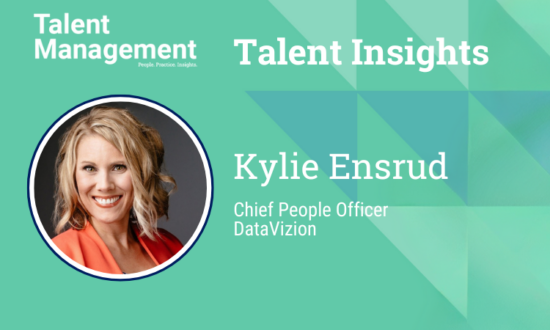In late 2021, ANZ Bank leaders began building an internal career pathways program for more than 3,000 of its engineers. The goal of the program was to provide a wide array of options for advancement to help retain some of the bank’s most valued talent outside of the traditional engineer-to-manager path. As one of Australia and New Zealand’s largest and oldest banking institutions, ANZ Bank provides services to more than 8.5 million retail and business customers in more than 30 international markets.
To address the changing world of in-demand skills, the program provides support for specialized technical pathways around cloud computing, security, data and software to strengthen ANZ employees’ technical and soft skills and provide a world-class organization for engineers.
Before piloting the new program, Krystal Irving, product owner and head of talent and culture at ANZ Bank, says the company often lost talented engineers because they didn’t see an appealing career path; they often faced the choice of remaining at their current level or becoming a people leader, with an opportunity for product area leads being rare.
“Though those [people leader] career pathways existed, they’re not suited to every engineer,” says Martin Brennan, ANZ’s product owner and head of engineering culture. “Quite a lot of engineers really love just getting better at what they do.”
Brennan says only a few engineers would typically climb to a higher level, usually through determination or the fact that they had the key knowledge the bank needed to get things done. “But it was very informal; it was very inconsistent,” he added. Now, Brennan says the company is at an inflection point where it can’t afford to lose valuable talent.
Building a framework for mastery
In addition to offering alternate pathways for advancement, Irving says ANZ leaders wanted to “provide clarity on what was expected of engineers as they progress up those pathways and drive the consistency in our engineering practices and standards.” A typical approach to a capability/mastery framework wouldn’t be scalable to its thousands of engineers without the technology to account for the varying use of capabilities across the workforce.
Building the program’s framework required tapping into internal focus groups and cross-sections of engineers to build assessments and measurements around engineering specializations.
Together, the engineering career pathways (ECP) team constructed an assessment model focused on demonstrable impact – evidence that engineers in the assessment process are capable of a given skill or task. Assessment starts with where engineers are and positions them in growth dimensions for each impact stream, helping show how delivering solutions can change as skills develop or risk mitigation changes as engineers become more senior in their roles.

The goal of the assessment process, as they are currently iterating and adjusting, is to be as fair, equitable and objective as possible, Irving says. To do that, they’ve looked at the failure of traditional assessment centers or traditional self-evaluation verified by a manager and opted for a new, more rigorous approach.
“If you’re telling us that you can demonstrate level two inputs for this particular strength, show us,” Irving says. “We’re making it as simple as possible for them to provide evidence. For example, they can drop the link straight to their source code instead of making them create a big presentation.”
For engineers, the process consists of an independent impact assessment and a manager’s blind impact assessment. If there’s a difference in outcomes, a cohort of engineers controls the appeal and ultimately calibrates the information to what specialization owners have determined about “the relative importance of the different impact streams and what’s unique to each specialization,” Brennan says. “What it means to be a good data engineer or security engineer isn’t the same as what it takes to be a good software engineer or infrastructure engineer.”
Top of mind for the talent management team was ensuring that employees with new managers were assessed effectively. “How do we make sure geographical representation, gender representation, age representation – how do we make sure those things are not just present, but also that we’re conscious of them?” Brennan says.
ANZ first launched this assessment view to its two largest engineering groups: the team that built its new platform, “A-plus,” and the payments team. “By starting with them, we’re able to battle hard in the settlement process,” Brennan says. The groups helped simplify the assessment process and correct its worst aspects at first, Brennan added.
The ECP team also had workshops with engineers across all teams. Specialization owners were able to provide insight into things like which types of engineers to pay most, but input from engineers was shared across all levels.
“This wasn’t done in a closed room,” Brennan says. “We had lots of workshops with lots of participants for an organization that exists in New Zealand, Australia, India, Singapore and beyond. We needed to make sure it was representative of our entire engineering technical team.”
The content itself was then designed to support career growth conversations for every engineer. Each engineer can log into the internal site and see their own levels for each specialization. “They can see what it might look like for them to have a career pathway that’s linear or a zig-zag pathway through different specializations,” Brennan says.
By engineers, for engineers
The positioning of the pathways program has always been “by engineers, for engineers,” Irving says. From the start, engineers from all levels of the organization were involved. “Through that process, it helped lend some credibility to the framework itself,” Irving says.
Brennan says the engineers appreciated the clarity around expectations, the discussions around career progression beyond where they would traditionally tap out and the commitment to objectivity. “Knowing how much my manager likes me won’t be an issue,” he said.
ANZ leaders are also discussing providing pathways for former engineers in management roles to go back to engineering roles if they want to.
“One of my personal bandwagons is building a nurturing community for engineers,” Brennan says. “We’ve received a lot of positive feedback on how mentoring, coaching and teaching others is baked into the expectation, especially as you get to those higher levels.”
Currently, about two-thirds of the way through the pilot cohort at the time of the interview, with around 600 to 700 engineers through the process, the teams are crystallizing what they’ve learned and adjusting for the next cohort of engineers.
“The focus for us at the moment is on learning from our pilots and mobilizing on the next few areas to roll into it,” Brennan says.
Many behind the program were surprised at how critical soft skills are. “I’ve seen them laid out consistently across all of the specializations and craft levels,” Irving says. “It’s those human skills that are more important. And for us, it’s how we evolve our enterprise learning offerings to give our engineers access to ready opportunities to build those skills.”
The talent and culture team has already seen positive shifts around engagement metrics associated with career development in engagement surveys following the pilot program.
Crafting mastery
For others in an industry where craft mastery or deep expertise is required and career paths are often limited to management, Irving says ANZ’s approach provides a different option.
“We’ve all encountered those who are in leadership roles because they were great subject matter and technical experts in their previous roles,” Irving says.“This program is appealing because it shifts the profile of the workforce because it is by engineers, for engineers at every level.”
From engineering to data analysis and science, Irving is considering how this career pathways approach will work in other areas of the bank. “Wherever possible, it should be the business leading and listening to talent, culture and technology – the business and HR listening and learning together,” Irving says.
Above all, Brennan says allowing those in the roles themselves to shape the process for their own future is key. “Listen to the people doing the thing.”

